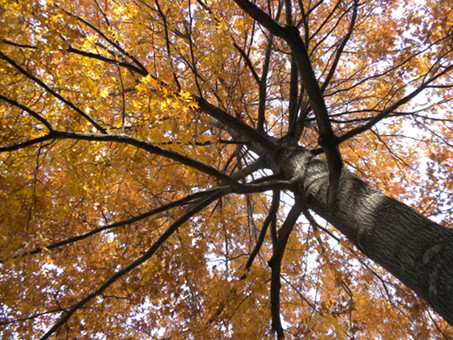Going green has huge effects on our body, mind, relationships, and the world around us in many ways. Our environment can either increase or reduce stress; hence impact the body. The things we see, experience or hear can change our mood and how our immune, endocrine, and nervous system function.
A stressful environment causes anxiety which in turn elevates blood pressure, muscle tension, and heart rate and going green reverses these impacts. A natural environment is a stress reliever, it heals and makes you feel better emotionally and contributes to your physical wellbeing. It helps us cope with pain. This is because trees, water, plants and other natural elements distract us from pain and discomfort.
A green environment also helps us to connect with others. People who have green space around their homes build more relationships and are concerned about supporting each other. Such also lowers aggression, violence, and street crime between people meaning a better capacity to cope with the daily demands.
Going green creates a healthy living environment and also improves lifestyle.
Reduce resources consumption and eliminate wastes.
Conserve natural resources and forests.
Maintain the natural ecological balance on earth so that all living things can survive and thrive in their natural habitat.
Use of fossil fuels like petroleum, natural gas, and coal, and burning wood produce greenhouse gas emissions (GHG), and many harmful chemicals that pollute the air and have serious consequences on environment and people's health.
Such measures can save lives, because air pollution has become "a major environmental health risk," according to the World Health Organization (WHO), that has led to the premature death of 3 million people. Decreasing air pollutants would reduce water pollution by decreasing acid rain and eutrophication that can harm to wildlife especially in aquatic environments, and crops and trees report Massachusetts' Department of Environmental Protection.
Save Biodiversity and Human Livelihoods.
These are just some of the importance of going green, there are countless more economic, environmental and personal benefits of going green and living a sustainable life.







